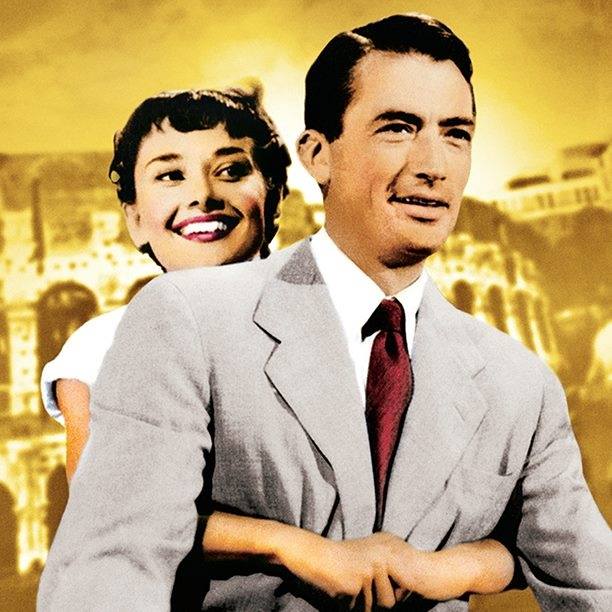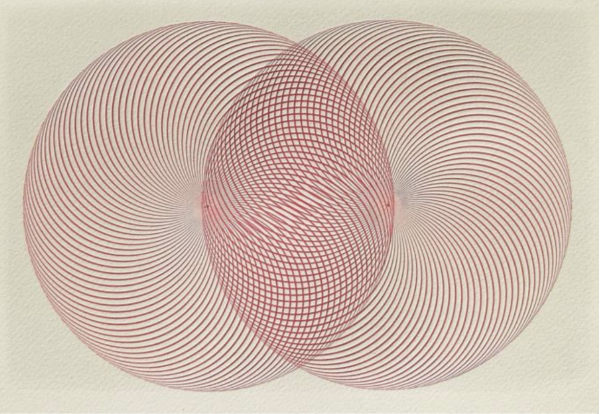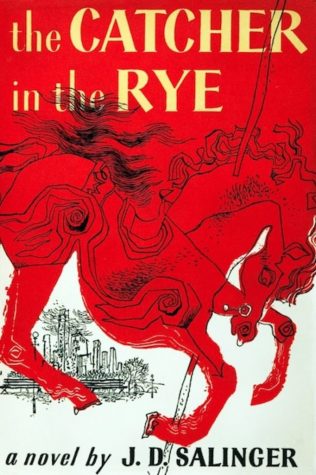Classic Review: “Roman Holiday” Holds Up
“Roman Holiday,” a 1950s classic, stars Audrey Hepburn as a young princess who sneaks out of her castle while on a trip to Rome only to fall asleep on the sidewalk because she was given a sedative. Joe Bradley, a journalist played by Gregory Peck, finds her, recognizes her and brings her back to his apartment to write a secret undercover story about her.
The film is shot and acted as a classic romantic comedy, however, what is deemed appropriate or acceptable behavior has changed a lot since the 1950s. Many of the topics explored in movies from that time would never be successful in modern film. However, I believe we can still appreciate many of these movies.
“Roman Holiday” was wildly successful at its release in 1953. It won three Oscars at the 26th Academy Awards, but its success has continued to prevail even 70 years later. In light of the #MeToo movement, one may question why this movie has remained so successful. It is concerning for a man to bring an intoxicated woman back to his apartment, only to lie to her about his identity and secretly take pictures of her the entire day.
However, the iconic brilliance of this movie outweighs those moments, and I would argue that parts of the movie even empower movie. Hepburn escapes from her castle all by herself on her own terms. Additionally, when the secret service comes to the dancing barge, she fights them off; she doesn’t just wait to be saved by her male companions. This contrasts with the film’s contemporaries, like “Cinderella,” where the female protagonist is saved by a prince. Hepburn even references these classic fairy tales by saying, “At midnight I’ll turn into a pumpkin and drive away in my glass slipper.”
“Roman Holiday” differs from “Cinderella” because, at the end, the princess goes back on her own terms to fulfill her duty to her family and my country. Even though this movie is far from enlightened by 2020 standards, audiences can acknowledge it was progressive for the time and enjoy other aspects of the film.
One of the huge reasons it has remained so successful is because of its star. Thousands of young women across America have Audrey Hepburn posters in their room, quotes by her in their social media bios and even dress as her for Halloween.
I don’t think she is idolized solely because she was a good actress, even though she most certainly was. I think it is more because her essence is truly timeless. Many people consider her a style icon because she wore simple and flattering clothing that could be worn in any era, by any woman. Many girls look up to her because she exuded a type of confidence that we all crave in what she wore and how she carried herself.
Additionally, she had a unique sense of humor that could always elicit a laugh. Hepburn was a physical comic; she could tell a whole story with just her eyes and face, and this side of her really came out in one of the first scenes of “Roman Holiday.” Her character is being presented to a group of foreign ambassadors when she loses a shoe. As she is being greeted by each of the people, the camera cuts between shots of her face and foot, as she desperately tries to get her shoe back on. The scene is simple, but her face and body language say it all.
The filming location may solidify “Roman Holiday” as a classic. Who can think of a better location to film a romance movie than in Rome? Even though the movie is in black and white and the filming is shaky at times, you feel transported.
Hepburn and Peck begin their day together sitting on the steps of the Trinita dei Monti, a quintessential Roman landmark. After finishing a cone of gelato, they ride a Vespa around on a grand, romantic adventure against the beautiful backdrop of downtown Rome. At the end of the movie, I couldn’t help but consider dropping everything and hopping on a plane to Europe in the hopes of falling in love.
For example, one of Audrey Hepburn’s other movies, “Breakfast at Tiffany’s,” is riddled with racist humor that is simply not tolerated in modern society.
Like most movies from the ’40s, ’50s and ’60s, it has hints of sexism and racism. “Roman Holiday” is clearly a wonderful movie that transcends generations, but just because we can treasure this movie does not mean all classic 1950s movies deserve the same appreciation. The difference is that some can still transcend into modern times while others must be forgotten. “Roman Holiday” is one of those classic films that can still be admired and loved even in 2020.

Ava Erickson is a senior from Denver. Her passion for writing and language led her to double major in journalism and Spanish studies. She began working...













































































































































































































